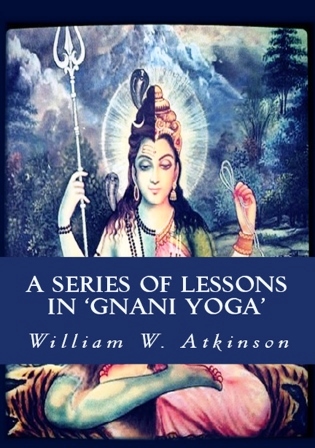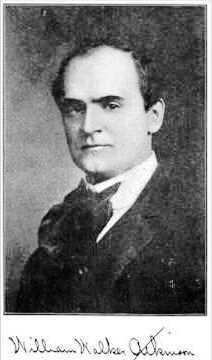The Yogi Philosophy may be divided into several great branches, or fields. What is known as "Hatha Yoga" deals with the physical body and its control; its welfare; its health; its preservation; its laws, etc.
What is known as "Raja Yoga" deals with the Mind; its control; its development; its unfoldment, etc. What is known as "Bhakti Yoga" deals with the Love of the Absolute—God.
What is known as "Gnani Yoga" deals with the scientific and intellectual knowing of the great questions regarding Life and what lies back of Life—the Riddle of the Universe.
Each branch of Yoga is but a path leading toward the one end—unfoldment, development, and growth. He who wishes first to develop, control and strengthen his physical body so as to render it a fit instrument of the Higher Self, follows the path of "Hatha Yoga." He who would develop his will-power and mental faculties, unfolding the inner senses, and latent powers, follows the path of "Raja Yoga." He who wishes to develop by "knowing"—by studying the fundamental principles, and the wonderful truths underlying Life, follows the path of "Gnani Yoga."
And he who wishes to grow into a union with the One Life by the influence of Love, he follows the path of "Bhakti Yoga."
But it must not be supposed that the student must ally himself to only a single one of these paths to power. In fact, very few do. The majority prefer to gain a rounded knowledge, and acquaint themselves with the principles of the several branches, learning something of each, giving preference of course to those branches that appeal to them more strongly, this attraction being the indication of need, or requirement, and, therefore, being the hand pointing out the path.

































